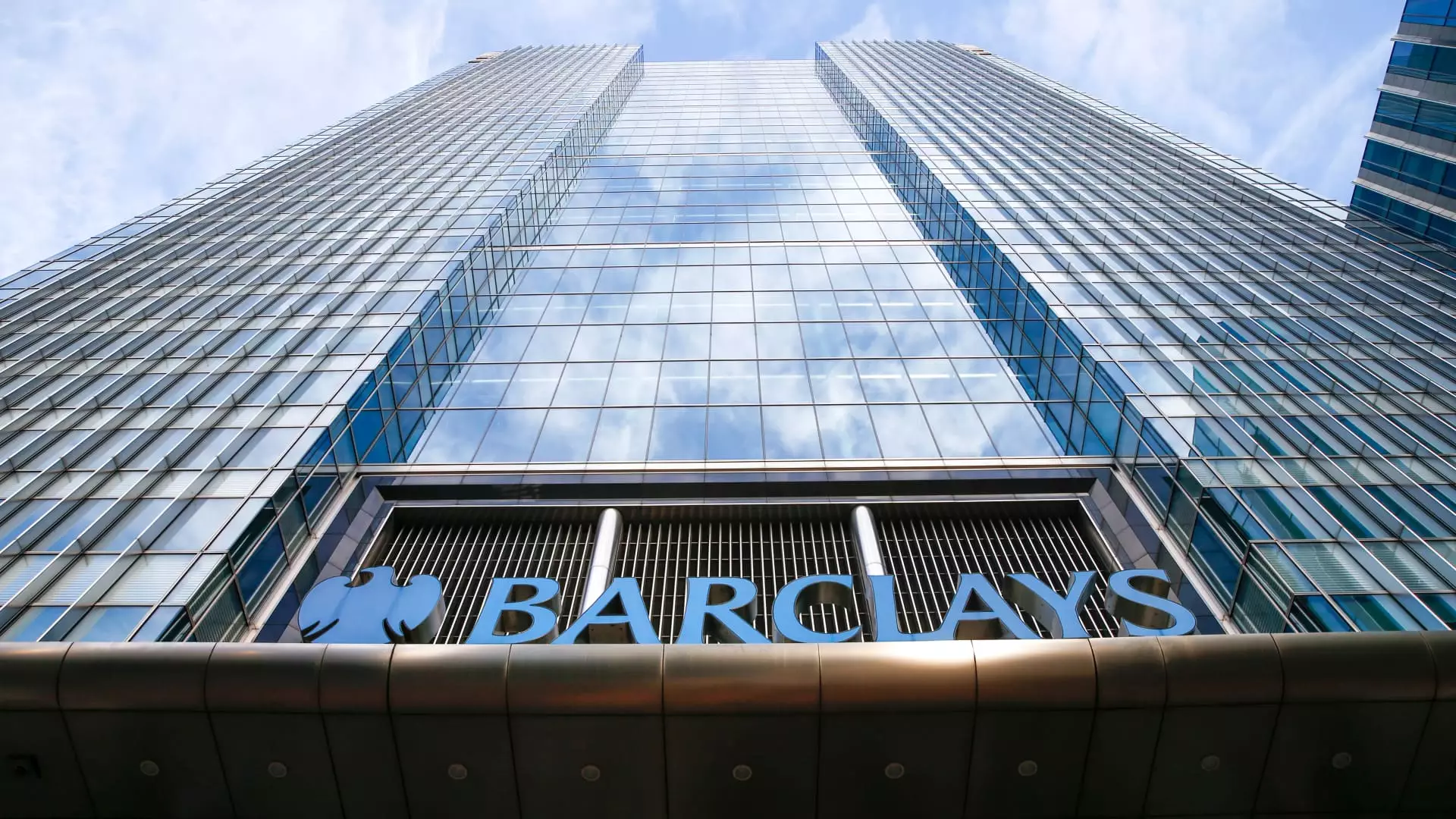Barclays recently reported a second-quarter net profit of £1.2 billion, which was slightly lower than the previous year’s figure. The decline in net interest income in the core U.K. units played a significant role in this result. Analysts had actually expected a lower attributable net profit of £1.03 billion for the period, showing a decline from the £1.3 billion reported in the second quarter of 2023.
The revenue for the latest quarter was reported at £6.3 billion, exceeding the forecast of £6.25 billion. Barclays also announced a share buyback program of up to £750 million. It is interesting to note that net interest income at Barclays’ consumer bank dropped by 4% year-on-year in the January-June period. This was attributed to a decline in the net interest margin from 3.2% to 3.15%. Additionally, income at the Barclays corporate bank fell by 6% due to lower liquidity pool income offsetting the higher interest rate environment. However, the investment bank saw a 10% increase in income to £3.02 billion in the second quarter.
It is worth mentioning that Barclays’ investment banking revenue had outperformed expectations, which is seen as a positive sign for the bank’s mid-term targets. Analysts expect to see a continued focus on regrowing share in the U.S. market. The bank also raised its full-year net interest income target to circa £11 billion, excluding the head office and investment bank divisions.
The credit impairment charges remained steady year-on-year at £400 million, while the common equity tier one (CET1) capital ratio decreased from 13.8% to 13.6%. Barclays initiated a major restructure in hopes of improving efficiencies and boosting profits, resulting in a 52% increase in share price in the year to date. The bank experienced a net loss of £111 million in the fourth quarter of 2023 due to the restructuring, but it managed to return to profit in the first quarter despite a decline in year-on-year revenue.
Group Chief Executive C. S. Venkatakrishnan stated that the three-year plan is making good progress, with a return on tangible equity of 11.1% meeting the target of above 10% for the year. The completion of the sale of the performing Italian mortgage book, the announcement of the sale of the German consumer finance business, and the upcoming acquisition of Tesco Bank in November 2024 are all significant milestones in Barclays’ restructuring process.
Barclays’ recent financial report sheds light on both the strengths and weaknesses of the bank’s performance. While there are areas of concern, such as the decline in net interest income and the reduction in the CET1 capital ratio, the positive aspects, such as the outperformance of investment banking revenue and the successful restructuring efforts, indicate a silver lining. It will be critical for Barclays to continue to focus on regaining market share and improving operational efficiencies to ensure long-term sustainability and growth in the highly competitive banking landscape.

Leave a Reply